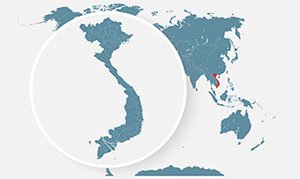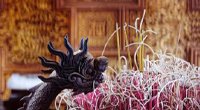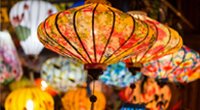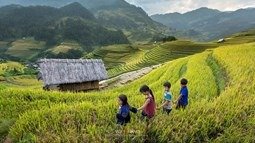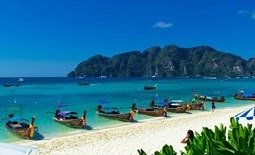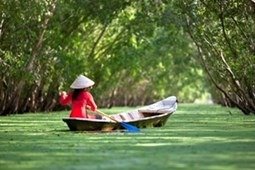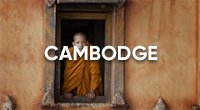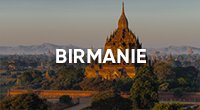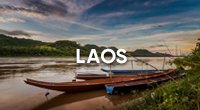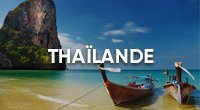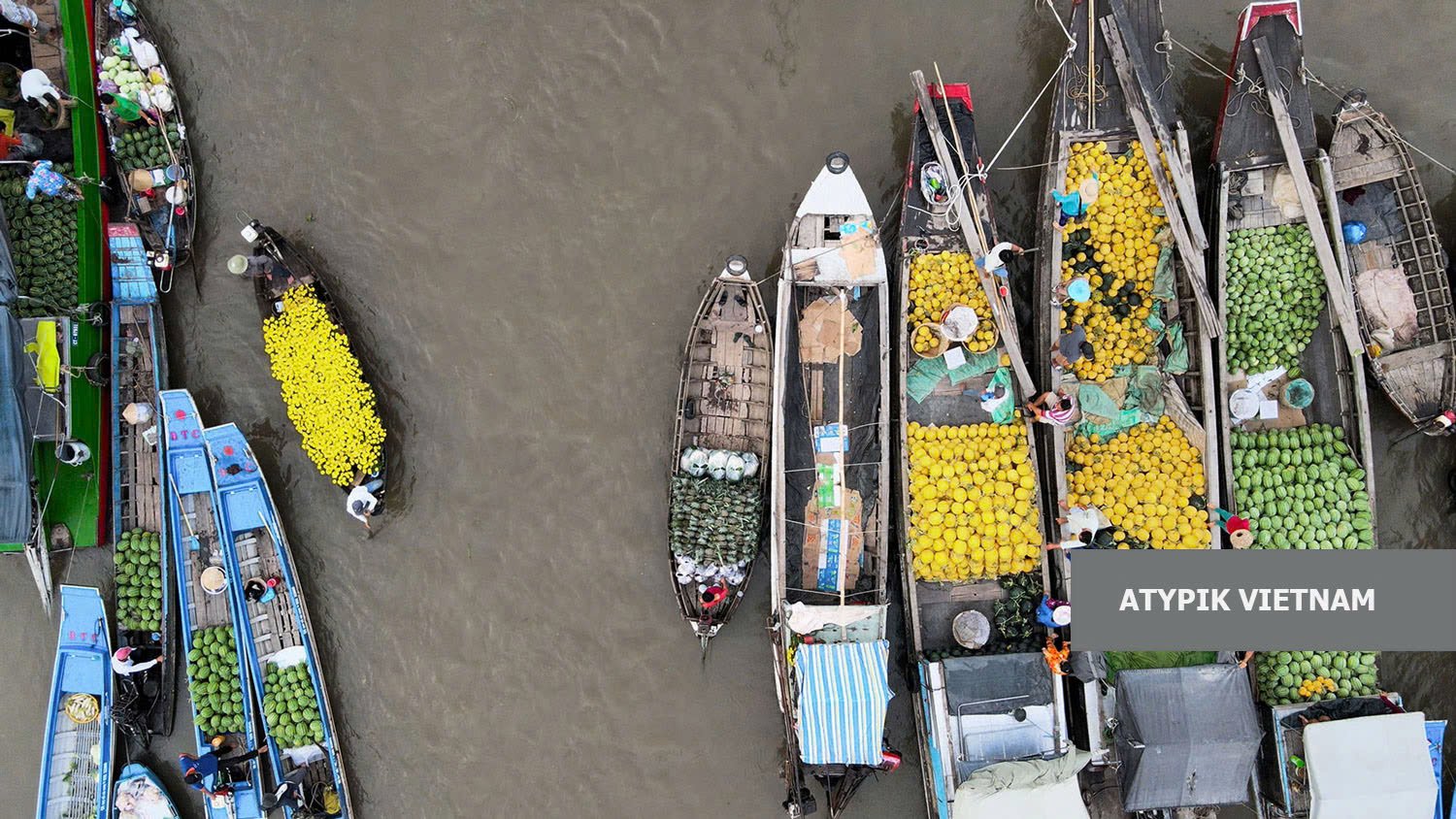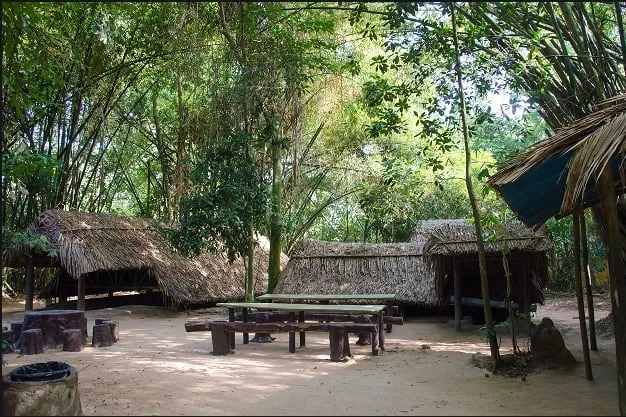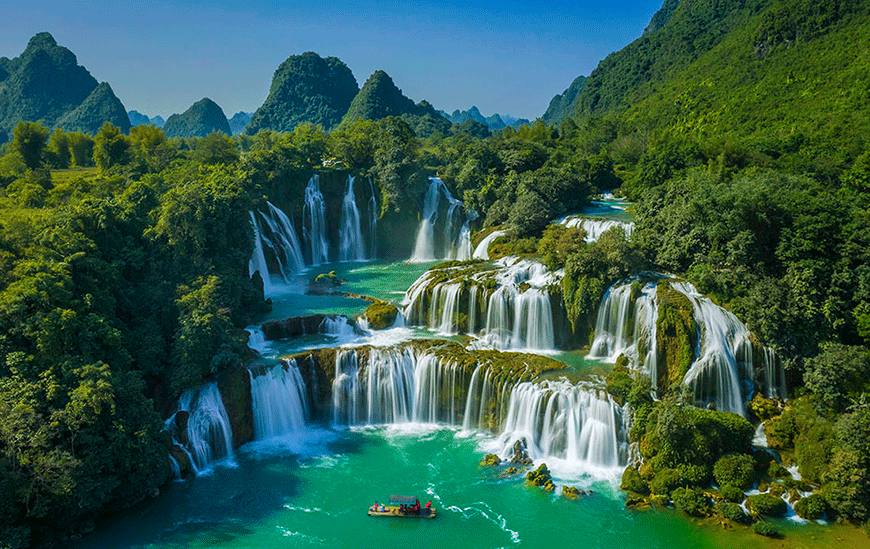Contents
ToggleWhere is the Mekong Delta located?
The Mekong Delta is situated in the southwestern region of Vietnam. It is flanked by Cambodia to the north, the Gulf of Thailand to the southwest, and the South China Sea to the east. This area is celebrated as Vietnam’s most fertile delta, thanks to the nutrient-rich alluvial deposits from the Tien and Hau rivers. These deposits create extensive rice paddies and support lush, year-round orchards brimming with seasonal fruits. The Delta’s intricate network of rivers and canals fosters a rich biodiversity, featuring pristine forests and wetlands.
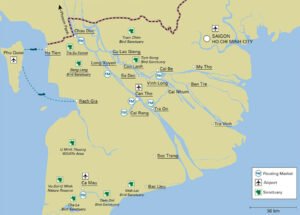
Where does the Mekong River begin?
The Mekong River, stretching over 4,000 kilometers, begins a remarkable journey from its source before reaching Vietnam and depositing its fertile silt into the Mekong Delta.
This majestic river starts in the cold, snow-capped mountains of the remote Qinghai Plateau (Tibetan Plateau) near the Himalayas and flows through China’s Yunnan province. It then meanders through five additional countries: Thailand, Myanmar, Laos, Cambodia, and finally Vietnam, where it drains into the South China Sea.
The Mekong’s journey is often depicted as a grand expedition, with its sacred source in Tibet adding to its mystique. As it travels through diverse landscapes, encounters various cultures, and impacts the lives of the communities along its path, the river acquires an aura of adventure and exploration.
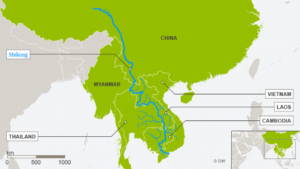
What is the reason behind the Mekong Delta being known as the Delta of the Nine Dragons?
After traveling over 4,000 kilometers, the Mekong River enters Vietnam and divides into two major branches: the Tien Giang and the Hau Giang. It then flows into the South China Sea through nine distinct estuaries. These nine branches resemble the sinuous forms of nine dragons, which is why the river is often referred to as the “Nine Dragons River.”
The sediment deposited by the Mekong over time has created a fertile and rich plain, leading to the formation of the Mekong Delta. Consequently, the delta is also known as the Delta of the Nine Dragons, inspired by this evocative nickname.
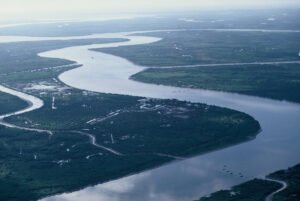
Is the Mekong Delta the largest delta in Vietnam?
Vietnam’s primary deltas include the Red River Delta in the North, the Central Coastal Delta in the Center, and the Mekong Delta in the South. Spanning around 40,000 square kilometers, the Mekong Delta is the largest delta in Vietnam.
What transportation options are available in this region?
In the Mekong Delta region, transportation in the major cities and rapidly developing central areas follows the same patterns as elsewhere in Vietnam, with options like motorcycles, bicycles, and cars readily available.
In contrast, in the more remote parts of the Delta, daily life and commerce are deeply connected to river navigation. Here, boats, ferries, and other watercraft play a crucial role in transportation and trade.
In rural areas, the landscape shifts to a dense network of canals with less-developed roads compared to the city. Consequently, locals primarily rely on boats to travel through these narrow waterways.
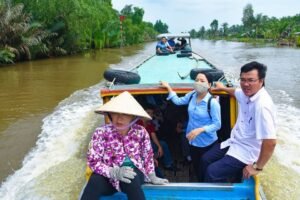
What is everyday life like in this area?
In the larger cities of the Mekong Delta, daily life resembles that of other regions in Vietnam. However, a typical scene in this area features boats transporting rice, sand, or fresh produce, gracefully moving along the rivers and canals. The region’s landscape, dominated by waterways alongside modern infrastructure, creates these serene and picturesque views.
This reliance on rivers and canals has influenced the local culture, particularly evident in the floating markets where all trade occurs on boats. The region’s unique topography has also led to distinctive housing styles. As you travel south through the Mekong Delta, you’ll notice an increasing number of intertwined canals and architectural variations, such as stilt houses, floating homes, and tall structures designed to mitigate the impact of floods and the rainy season.
Interestingly, children in the Mekong Delta once had a unique experience due to the area’s slower development. They would delight in boats filled with city snacks, which served as their version of a “supermarket.”
On your next visit to the Mekong Delta, be sure to take a boat ride for an authentic and immersive experience of life in the delta.
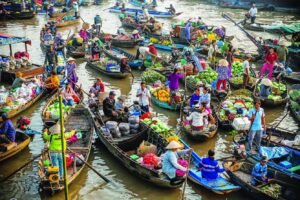
What is the capital of this area?
Can Tho, known as the “capital of the Mekong Delta,” is a central hub in the region. Nestled within a network of rivers and surrounded by lush, fertile lands and year-round fruit trees, Can Tho is renowned for its festivals, artisan villages, and the rich cultural heritage of the Kinh, Hoa, and Khmer peoples. Key attractions include Ninh Kieu Wharf, the Cai Rang floating market, and the historic Binh Thuy Ancient House.
Can Tho Airport serves as the Mekong Delta’s primary international gateway, linking the city with other provinces and providing domestic flights to various regions. It also offers connections to Phu Quoc, Con Dao, and Bangkok (Thailand), with plans for additional international routes in the future.
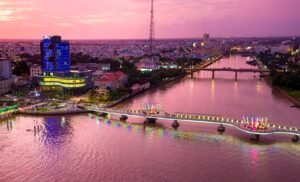
When does the flood season occur in the Mekong Delta?
The flood season in the Mekong Delta typically runs from late July to November. During this time, heavy rainfall causes the Mekong River’s water levels to rise significantly. This natural event is vital for maintaining the ecological balance of the delta.
When flooding is moderate, it benefits the delta’s residents by overflowing riverbanks, depositing nutrient-rich silt onto fields, and revitalizing the river ecosystem. This seasonal influx breathes new life into the area.
The arrival of floodwaters brings a bounty of fish, shrimp, crabs, and crops like sesbania flowers and water lilies. These ingredients become key components of local cuisine during the flood season, contributing to a rich and authentic array of dishes.
Farmers also capitalize on this period by engaging in flooded agriculture, which can enhance their income. Overall, the flood season enriches both the daily life and cultural diversity of the Mekong Delta, adding a vibrant dimension to the region.
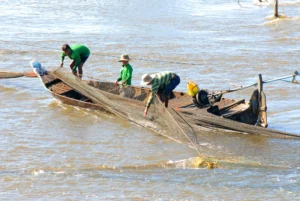
Mekong Delta: A fruit lover’s paradise?
The Mekong Delta is indeed a fruit lover’s paradise, thanks to the nutrient-rich alluvium deposited by the Mekong River. This fertile region in southern Vietnam enjoys a tropical climate that is perfect for cultivating a diverse array of exotic fruits.
In its lush orchards, you’ll discover a wide range of fruits, including mangoes, rambutan, sapodilla, guavas, pomelos, longan, and more. The fertile soil ensures abundant harvests throughout the year.
Fruits are central to both the culture and economy of the Mekong Delta, providing not only for domestic consumption but also being exported globally.
If you’re seeking an extraordinary taste experience, the Mekong Delta offers a delightful array of fruity flavors that are sure to please your palate.
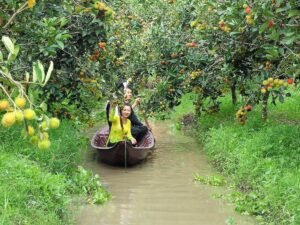
In what ways does Mekong Delta cuisine differ from that of other regions in Vietnam?
The cuisine of the Mekong Delta is distinctively sweeter than that of other regions in Vietnam. The locals have a particular fondness for sweets, often adding sugar to nearly every dish.
Another hallmark of Mekong Delta cuisine is the generous use of coconut milk, which appears in both savory dishes and sweet treats.
The region’s abundant coconut palms, especially in the Ben Tre coconut grove, explain the extensive use of coconut products, including coconut water, coconut milk, and coconut leaves, in local cooking.
Additionally, the Mekong Delta is famous for its traditional cakes. These elaborate sweet treats play a significant role in local celebrations and festivals. The Southwest Traditional Cake Festival, held annually in Can Tho, is a prime example of the region’s dedication to these confections. Explore these delightful Vietnamese desserts to experience the area’s sweet flavors.
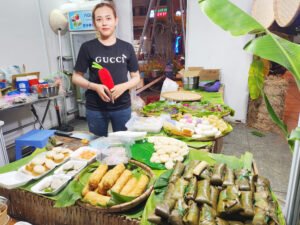
What are the traditional costume features of this region?
The traditional costume iconic to the Mekong Delta is the “ba ba shirt.” This garment features a straight collar and is designed with a split front, adorned with a row of buttons that create a distinctive look from the neck down to the waist.
Both men and women wear the ba ba shirt, though there are some design differences. Men’s ba ba shirts typically include two large front pockets, whereas women’s versions have smaller pockets. Despite these variations, both styles are known for their loose and comfortable fit.
People commonly pair the ba ba shirt with long black trousers that extend to the ankles, a practical choice for the region’s hot climate.
To complete the ensemble, a traditional scarf, usually black and white, is often worn. This accessory can be used as a shawl or head covering, adding a finishing touch to the outfit.
![]()
What is the signature artistic and cultural treasure of the Mekong Delta?
The hallmark artistic and cultural treasure of the Mekong Delta is “Don Ca Tai Tu.” This musical tradition, blending scholarly and folk elements, is deeply woven into the fabric of southern Vietnamese life. The enchanting melodies and songs of Don Ca Tai Tu resonate with the vibrant landscapes of the Mekong Delta’s fields and rivers.
The term “Don Ca Tai Tu,” which translates to “amateur music and song,” highlights its accessible and enjoyable nature for people of all social classes. The performances feature a variety of instruments, including the moon-shaped lute, two-stringed violin, sixteen-string zither, pear-shaped lute, percussion instruments, monochord, and bamboo flute.
Emerging in the late 19th century in southern Vietnam, Don Ca Tai Tu represents a fusion of ceremonial and court music from Hue with the sweet, intimate melodies of the Mekong Delta’s rural and riverine environments.
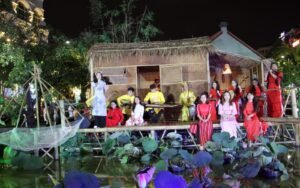
The captivating performances of Don Ca Tai Tu combine instrumental harmony, lyrics, and traditional southern costumes, such as the iconic “Ba Ba” shirt, reflecting the cultural identity of the region’s people.
In 2013, UNESCO recognized Don Ca Tai Tu as an Intangible Cultural Heritage of Humanity, marking it as the eighth Vietnamese intangible cultural heritage to receive this prestigious international designation.

